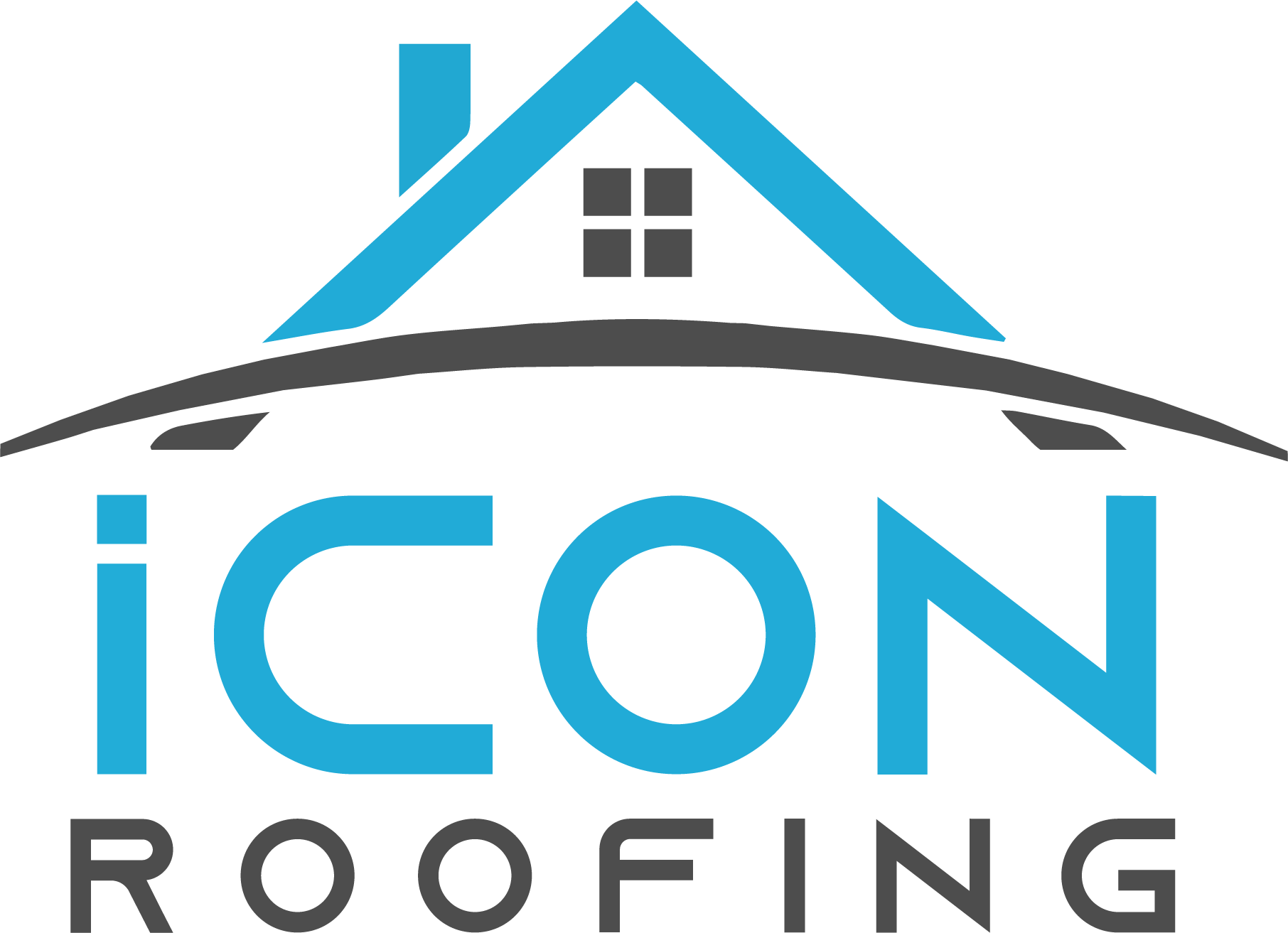When it comes to choosing the right roofing material for your home, shingle roofs are often a popular choice. They offer a range of benefits but also come with a few drawbacks. In this blog post, we will explore the pros and cons of shingle roofs, providing you with valuable insights to help you make an informed decision for your roofing needs.
Pros of Shingle Roofs:
Cost-effective: Shingle roofs are one of the most budget-friendly options available in the market. They are relatively inexpensive to install compared to other roofing materials, making them an attractive choice for homeowners on a tight budget.
Versatile: Shingle roofs come in a wide range of materials, styles, colors, and designs, allowing homeowners to select the one that best suits their preferences and matches the architectural style of their home. This versatility ensures that shingle roofs can complement any type of house, from traditional to modern.
Easy Installation and Maintenance: Shingle roofs are relatively easy to install, requiring minimal time and effort. They are lightweight, which simplifies the installation process and reduces the overall load on the house's structure. Additionally, maintaining shingle roofs is straightforward, as damaged or worn-out shingles can be easily replaced individually.
Weather Resistance: Shingle roofs offer good protection against various weather conditions, including rain, wind, and moderate hail. They provide a reliable barrier that keeps the interior of the house dry and safe from water damage. Some shingle materials, such as asphalt, also offer resistance to fire and UV rays, enhancing their durability.
Energy Efficiency: Shingle roofs with reflective or light-colored coatings can help to reduce heat absorption, keeping the house cooler during hot summer months. This energy-efficient quality can lead to lower cooling costs and a more comfortable living environment.
Cons of Shingle Roofs:
Limited Lifespan: Compared to some other roofing options like metal or tile, shingle roofs generally have a shorter lifespan. While shingles typically last around 20 years, factors such as climate, maintenance, and installation quality can affect their durability. Additionally, extreme weather conditions can cause shingles to deteriorate faster.
Susceptibility to Damage: Shingles, especially those made of asphalt, can be prone to damage from severe weather events like heavy storms or hurricanes. High winds, flying debris, or falling branches can cause shingles to loosen, crack, or even get blown off, requiring immediate repairs or replacements.
Limited Eco-friendliness: Most shingle roofs end up in landfills after their useful life, contributing to environmental concerns. However, efforts are being made to recycle shingles and repurpose them into other products, reducing the impact on the environment.
Heat Absorption: While light-colored or reflective shingles offer some energy-saving benefits, dark-colored shingles tend to absorb heat, potentially raising the cooling demands and energy costs of the house.
At Icon Roofing and Construction LLC, we specialize in shingle roof installations and repairs, ensuring the highest quality craftsmanship. Contact us today to learn more about our services and how we can assist you with your roofing needs.

